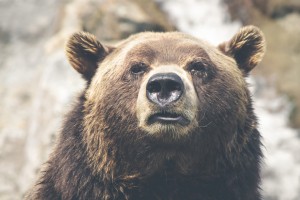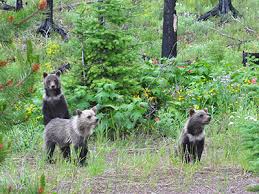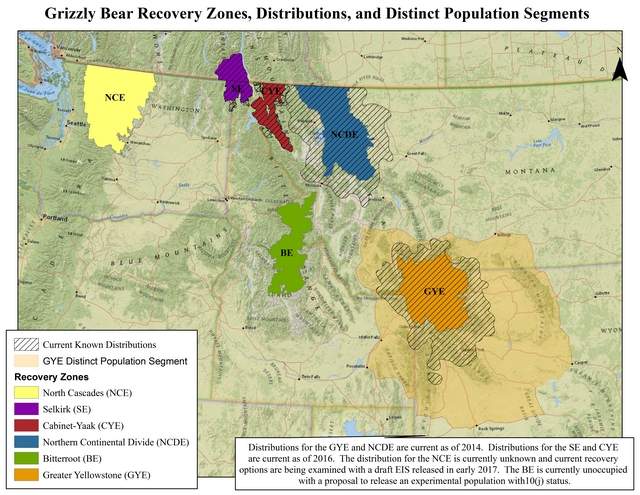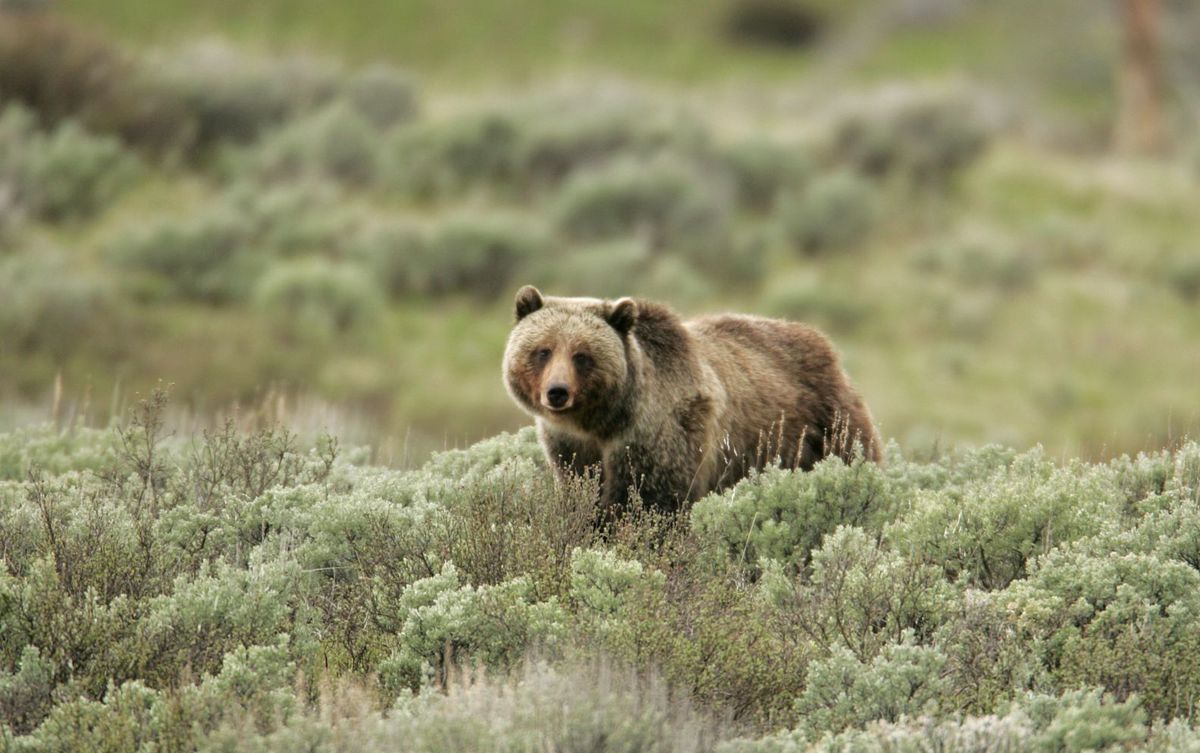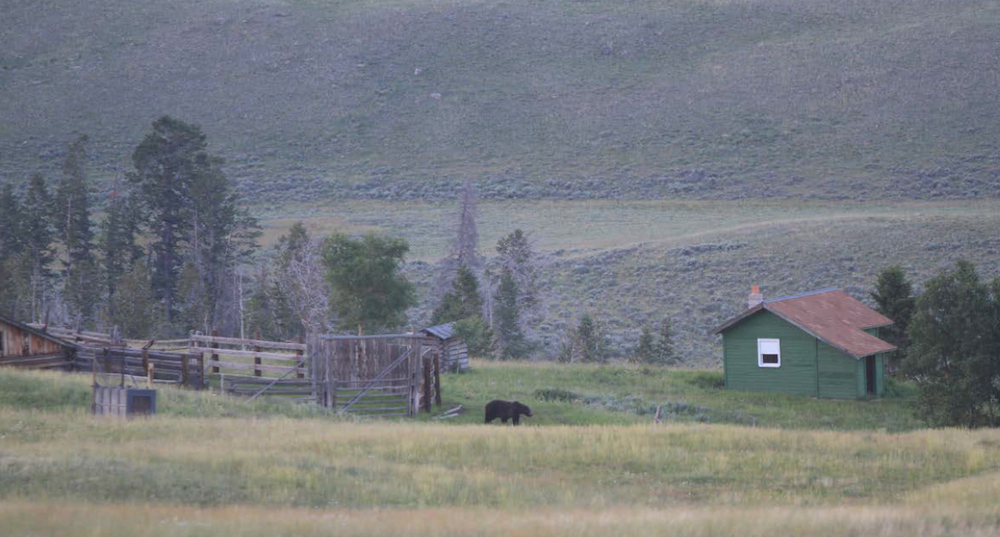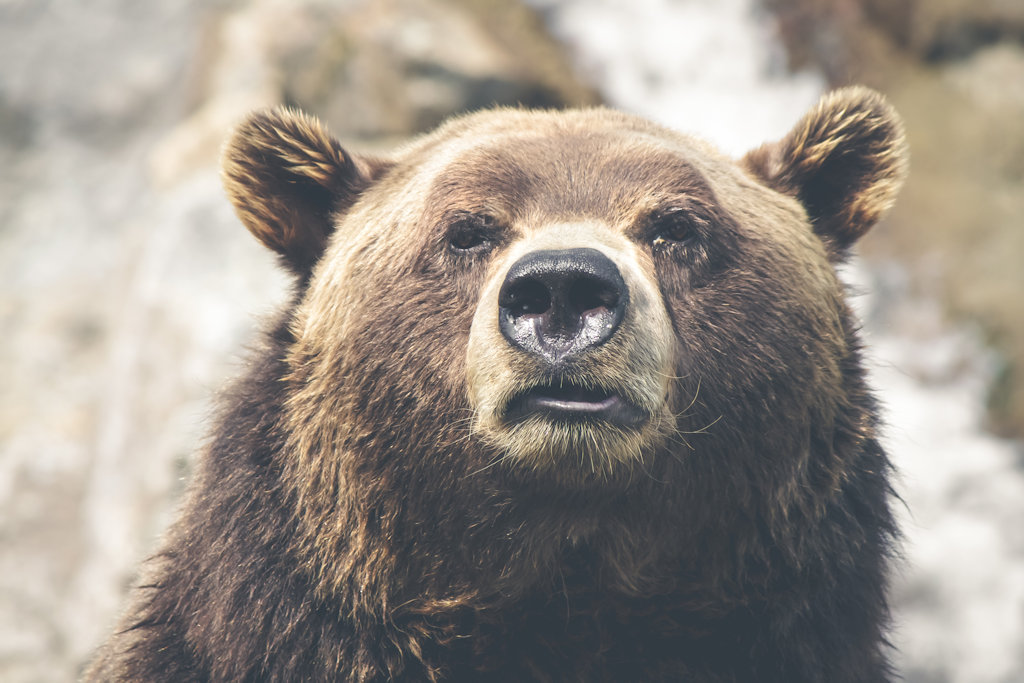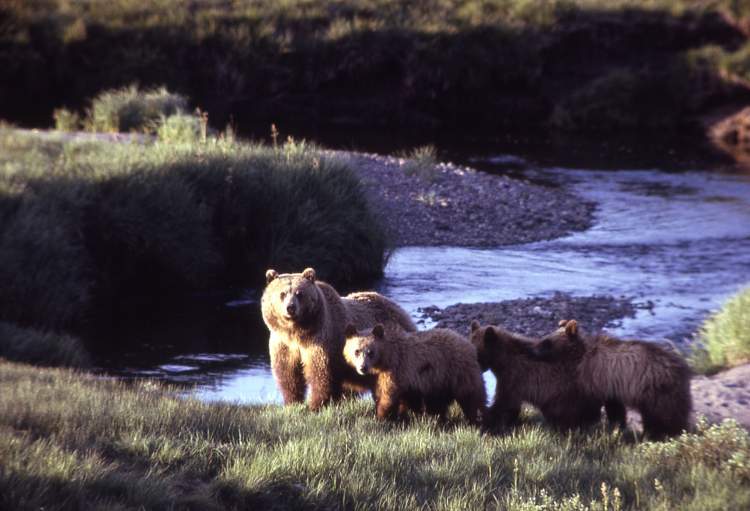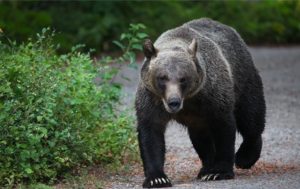
Here’s a very interesting write-up on a study of how grizzly bears disperse across the landscape . . .
If you were a grizzly bear on the move, where would you go and how would you get there?
According to a new study released this month by University of Montana’s Sarah Sells, you’d primarily favor mountainous areas but would also follow waterways through open valley landscapes. But your destination would depend in large part on where you started, and whether you were on a mission to go somewhere else or simply exploring beyond your home range.
The conclusions came from a modeling program that predicted pathways through Montana between the bears’ current core habitat areas. The two biggest, each with about a thousand grizzlies, are the Northern Continental Divide Ecosystem around Glacier National Park and the Bob Marshall Wilderness Complex and the Greater Yellowstone Ecosystem surrounding Yellowstone National Park.
